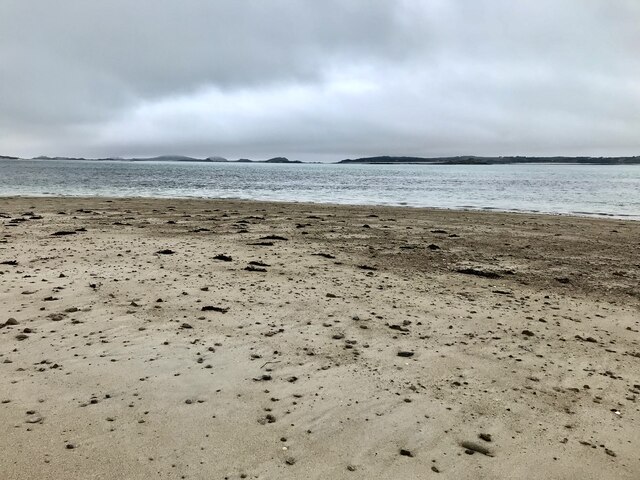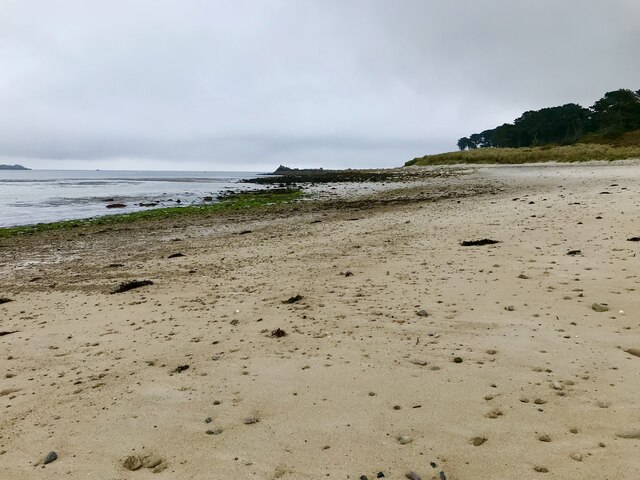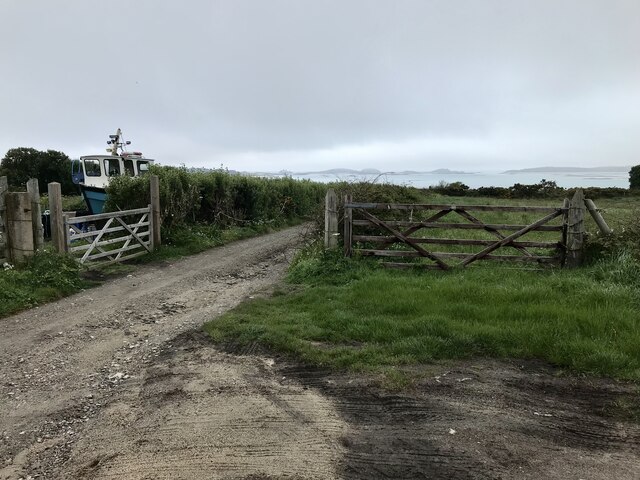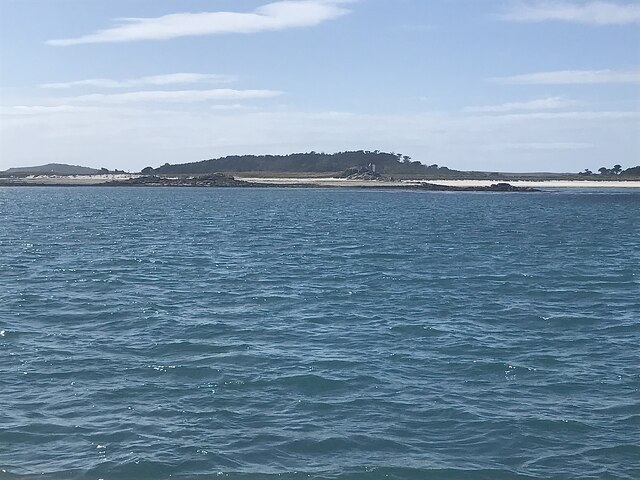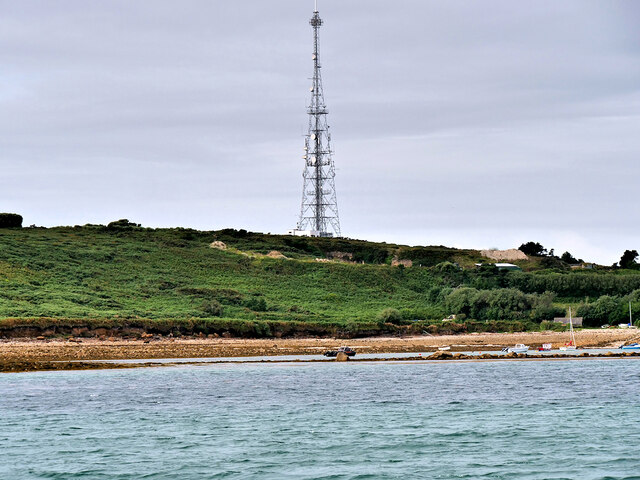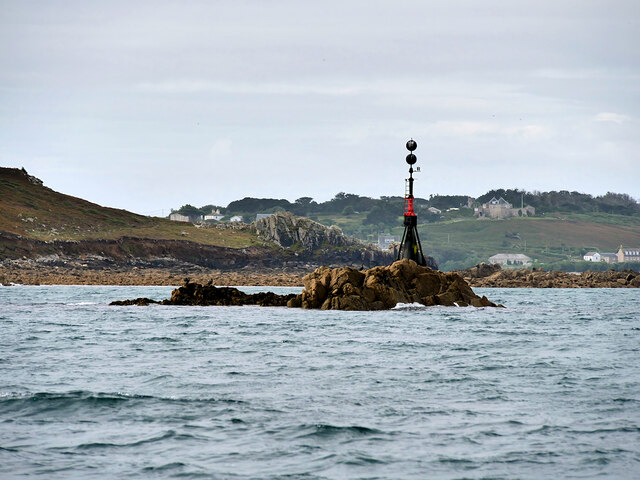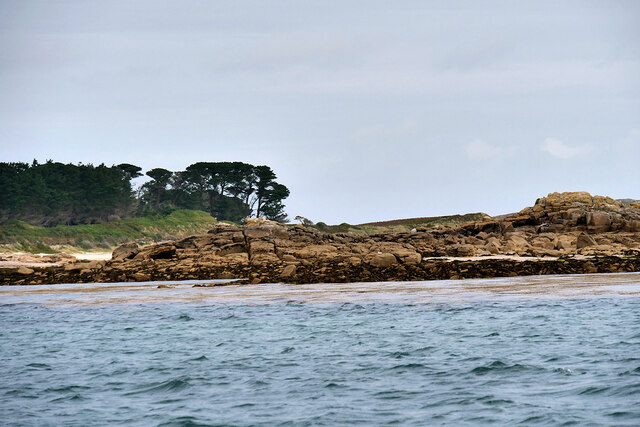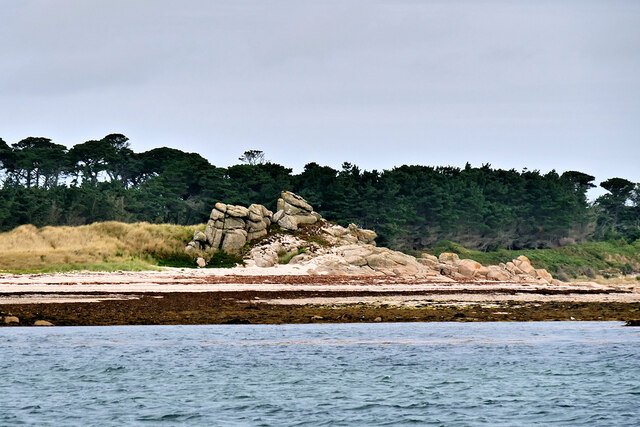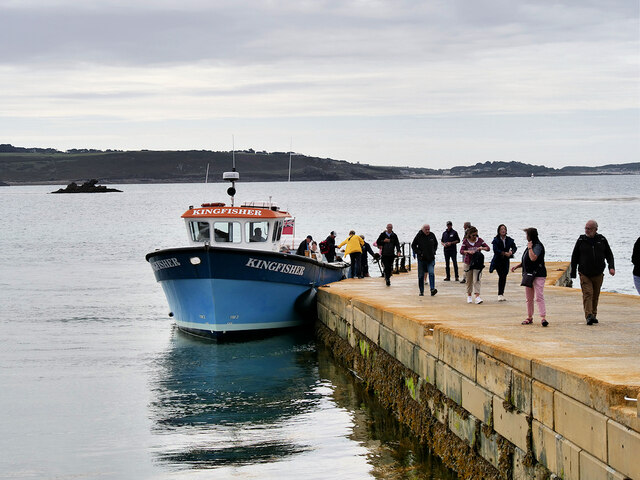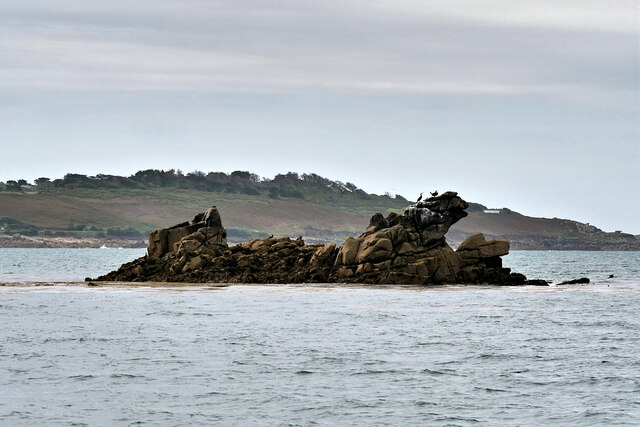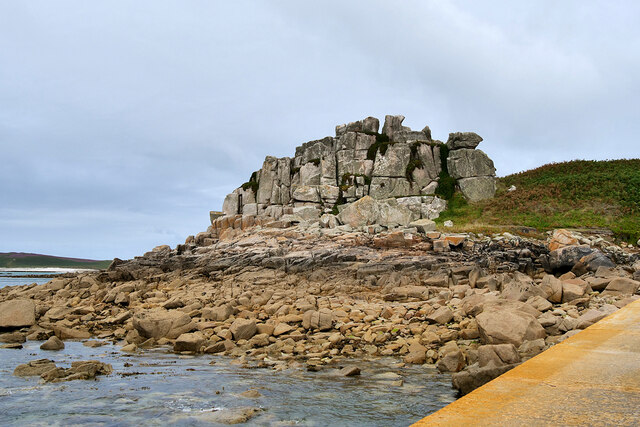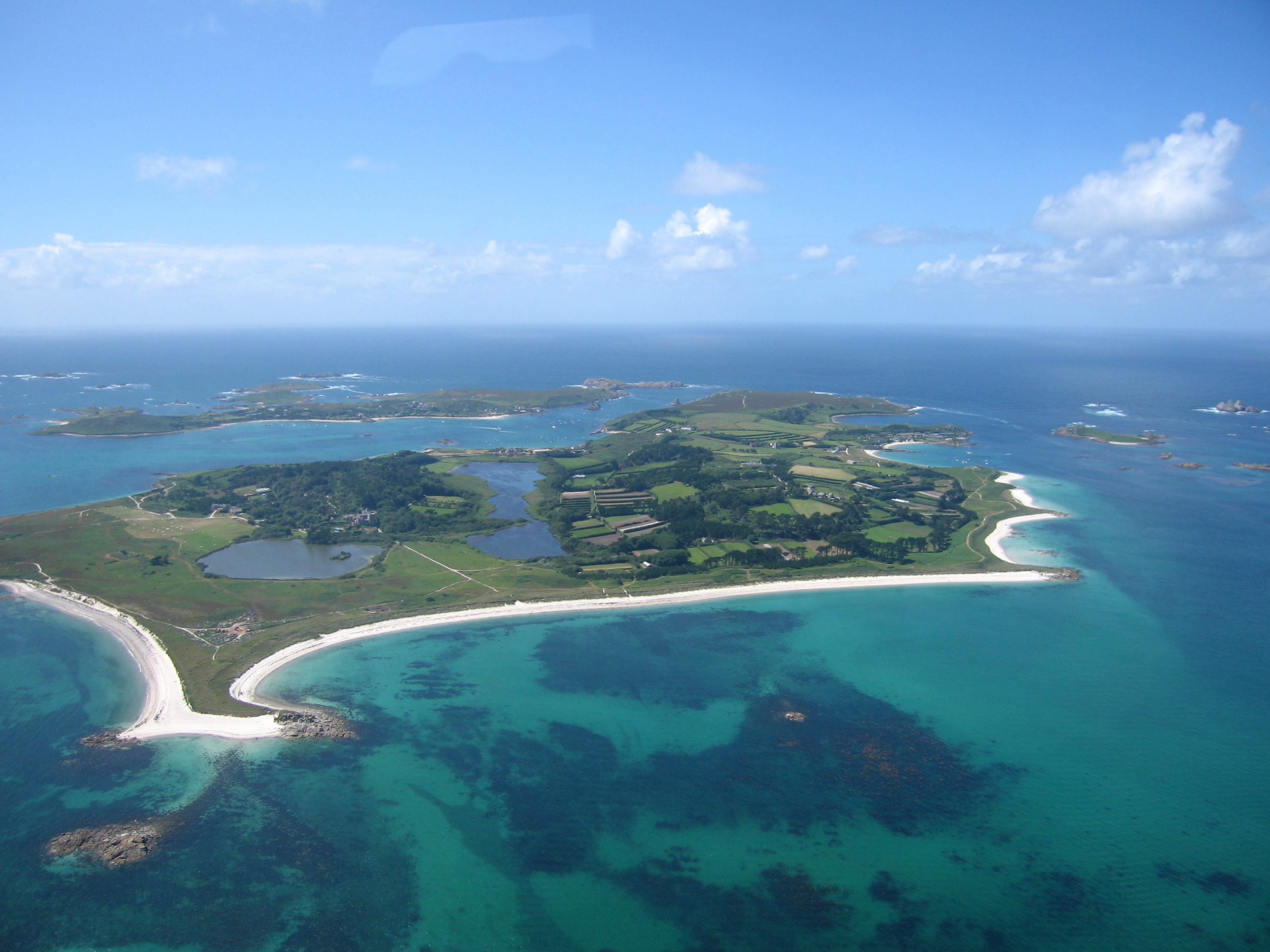Little Pentle Rock
Coastal Feature, Headland, Point in Cornwall
England
Little Pentle Rock

Little Pentle Rock is a prominent coastal feature located in Cornwall, England. Situated on the southwestern tip of the county, it is a stunning headland that extends into the Atlantic Ocean. This point is known for its rugged beauty and dramatic cliffs, offering breathtaking views of the surrounding sea and coastline.
The rock itself is a prominent landmark, jutting out into the water and providing a sense of grandeur to the area. It is composed of granite, which gives it a distinctive appearance and adds to its allure. The cliffs that surround Little Pentle Rock are also made of granite and are characterized by their sheer vertical drops, reaching heights of up to 200 feet.
The area around Little Pentle Rock is a haven for wildlife enthusiasts and nature lovers. The cliffs provide nesting sites for various seabirds, including gulls, fulmars, and razorbills. The surrounding waters are rich in marine life, making it a popular spot for fishing and diving.
Access to Little Pentle Rock is relatively easy, with a footpath leading to the headland from the nearby coastal village. Visitors can enjoy leisurely walks along the cliffs, taking in the breathtaking scenery and enjoying the fresh sea air. The area is also popular with photographers and artists, who are drawn to the natural beauty and dramatic landscapes.
In conclusion, Little Pentle Rock is a stunning coastal feature in Cornwall, offering visitors a glimpse of the county's rugged beauty. With its striking cliffs, granite rock, and abundant wildlife, it is a must-visit destination for anyone exploring the Cornish coastline.
If you have any feedback on the listing, please let us know in the comments section below.
Little Pentle Rock Images
Images are sourced within 2km of 49.947928/-6.3156125 or Grid Reference SV9014. Thanks to Geograph Open Source API. All images are credited.


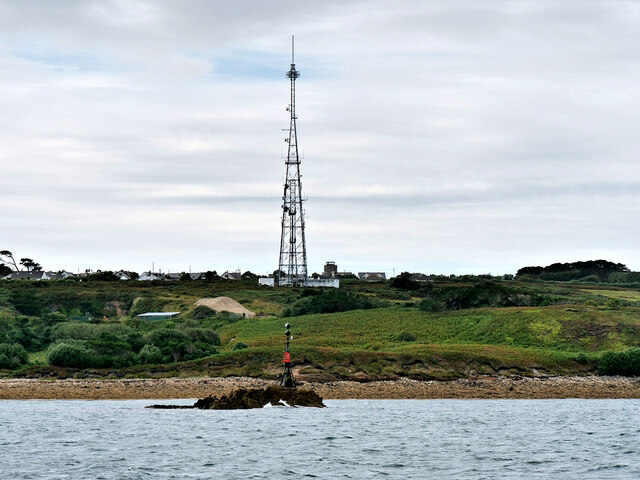



Little Pentle Rock is located at Grid Ref: SV9014 (Lat: 49.947928, Lng: -6.3156125)
Division: Isles of Scilly
Unitary Authority: Isles of Scilly
Police Authority: Devon and Cornwall
What 3 Words
///shadowing.riper.premiums. Near Tresco, Isles of Scilly
Nearby Locations
Related Wikis
Tresco Priory
Tresco Priory is a former monastic settlement on Tresco, Isles of Scilly founded in 946 AD. It was re-founded as the Priory of St Nicholas by monks from...
Tresco Heliport
Tresco Heliport (ICAO: EGHT) is a heliport located on the island of Tresco, in the Isles of Scilly off the southwest coast of the United Kingdom. The heliport...
Tresco Abbey Gardens
Tresco Abbey Gardens are located on the island of Tresco in the Isles of Scilly, United Kingdom. The 17 acre gardens were established by the nineteenth...
Tresco, Isles of Scilly
Tresco (Cornish: Enys Skaw, lit. 'island of elder-trees') is the second-biggest island of the Isles of Scilly. It is 297 ha (1.15 sq mi) in area, measuring...
Nearby Amenities
Located within 500m of 49.947928,-6.3156125Have you been to Little Pentle Rock?
Leave your review of Little Pentle Rock below (or comments, questions and feedback).
